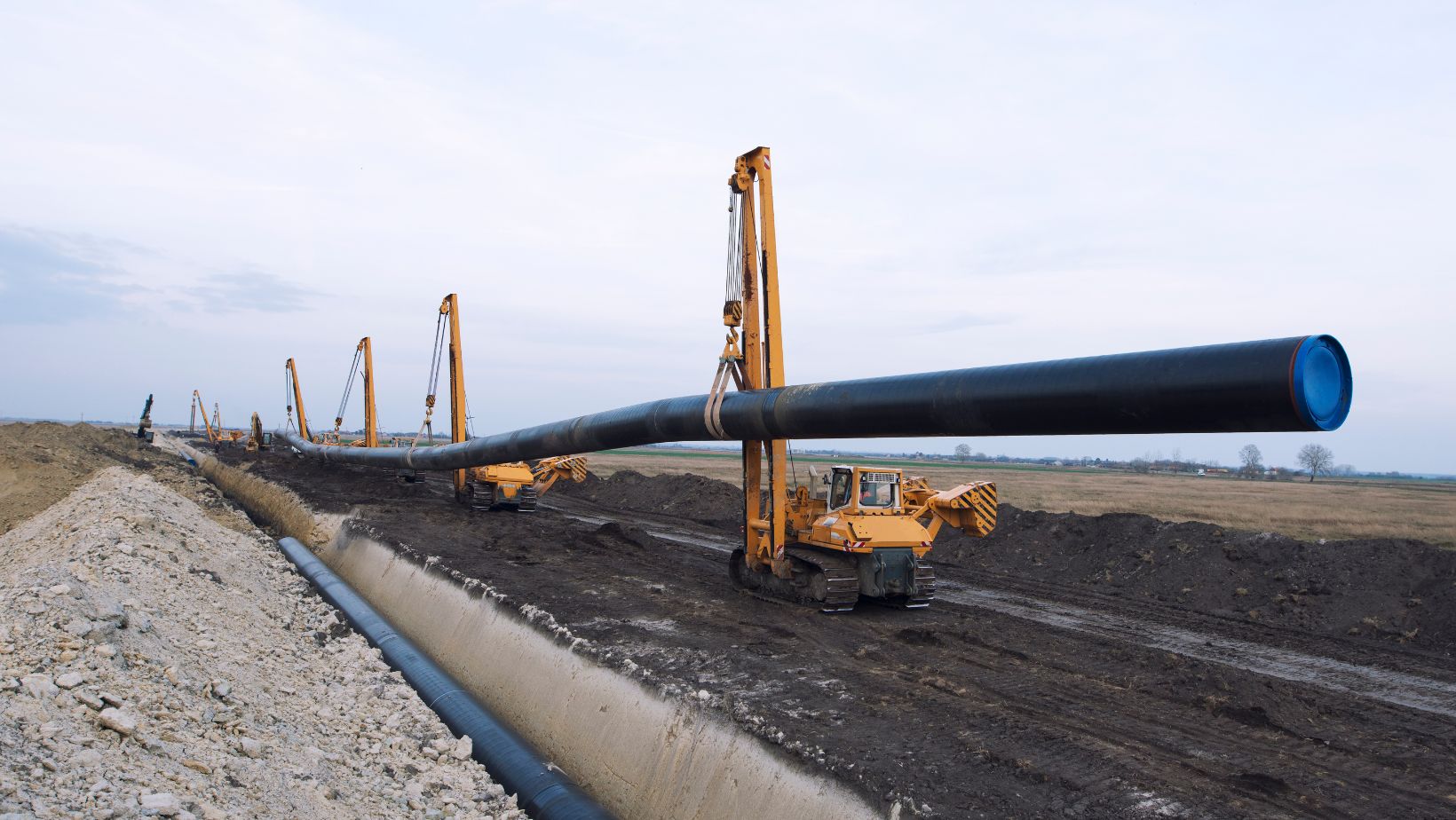
Most renovation plans start with a vision. A sunlit kitchen, a new patio, maybe an expanded living room. Few homeowners, however, imagine the network of pipes, cables, and conduits buried beneath their yards. It’s not until construction begins—or worse, until something breaks—that these hidden systems become impossible to ignore.
This is where planning takes a turn from aesthetic inspiration to strategic awareness. Beneath every property lies a delicate ecosystem of infrastructure, some of it decades old, some undocumented, and all of it capable of causing delays, costs, or even danger if mishandled. For those preparing to renovate, understanding what’s underground can be just as important as selecting the right countertops.
The Layers You Don’t See But Should Consider
What runs beneath your property isn’t always obvious. In older neighborhoods, it’s common to find mismatched piping, outdated gas lines, or undocumented cabling. Some homes sit atop sewer laterals or water mains that weren’t mapped accurately. Even newer developments might conceal fiber-optic networks or irrigation systems that weren’t disclosed during sale.
This creates a landscape of uncertainty. Without the proper surveys or permits, excavating in the wrong spot can interrupt services—not just yours, but also those of your neighbors. It can also expose you to liabilities. While some states offer a “call before you dig” service, relying solely on that is often not enough.
Why Traditional Digging May Not Be Your Finest Bet
Many renovation projects involve some degree of excavation. A pool installation, a deck with deep footings, or a garden redesign can require crews to break ground. Traditionally, this has meant digging wide trenches to locate or relocate infrastructure—a method that’s not only messy but increasingly outdated.
Open-trench digging has several downsides. It can tear up landscaping, damage root systems, generate waste, and extend timelines. For homeowners hoping to preserve their outdoor spaces or reduce noise and disruption, these drawbacks add up quickly.
Trenchless Methods For Smarter Renovation
Enter trenchless drilling—a technique long used in commercial infrastructure projects and now increasingly applied to residential settings. It allows contractors to install or replace underground utilities without extensive excavation. For example, horizontal directional drilling (HDD) can create a path beneath a property without disturbing the surface.
This approach is particularly useful for projects that require new water lines, electrical conduits, or drainage solutions. It minimizes surface damage, speeds up timelines, and often reduces labor costs. Most importantly, it limits the surprises that can come from blindly breaking ground.
How To Assess What’s Under Your Yard
Before any digging begins, it’s worth commissioning a utility locating service. These professionals use tools like ground-penetrating radar (GPR), electromagnetic detection, and detailed historical maps to identify underground infrastructure. While some basic services are free or low-cost, a comprehensive scan offers peace of mind.
In addition to utilities, pay attention to other underground elements. Are there old tree roots that could be impacted? Any signs of previous construction or backfilled areas? These may not show up on utility scans but can still affect the success of your renovation.
Permits, Codes, And Neighborly Foresight
Renovation isn’t just about your land—it also involves your community. In shared utility zones, damaging a main line could affect an entire block. In some municipalities, even small changes to your yard’s elevation require approval to prevent water runoff issues.
Consulting with local authorities and securing the right permits early on can prevent headaches later. It also opens the door to guidance from inspectors or engineers who may spot red flags you hadn’t considered.
A Case For Future-Proofing Your Property
One overlooked advantage of planning around underground utilities is the opportunity to upgrade or future-proof. If you’re opening a trench—or better yet, using trenchless access—it might be worth adding conduit for future electrical or data lines. Installing smart irrigation or preparing for an EV charger connection can save time and money later.
This is especially valuable in neighborhoods where upgrades like fiber internet or solar connectivity are on the horizon. Laying groundwork now avoids having to revisit the same area in a few years.
Avoiding The Renovation Horror Stories
Many homeowners share similar regrets after their renovations: hitting a gas line, cracking a sewer pipe, or discovering they needed to redo landscaping that was just completed. These aren’t rare exceptions—they’re the result of overlooking what lies beneath.
Planning ahead may not eliminate every unknown, but it dramatically lowers the odds of surprises. It also puts you in control of your timeline and budget, rather than at the mercy of unforeseen complications.
Bringing Intention To Every Inch
Renovation is more than reshaping space—it’s about reshaping how we live within it. And that includes what we can’t see. By approaching your project with an awareness of underground infrastructure and considering modern methods like trenchless drilling, you move beyond short-term fixes and into long-term thinking.
It’s not the most glamorous part of home improvement, but it’s the one that often determines whether your project stays on track or turns into a costly detour. The ground beneath your feet may not inspire Pinterest boards, but it holds the key to building with confidence.







